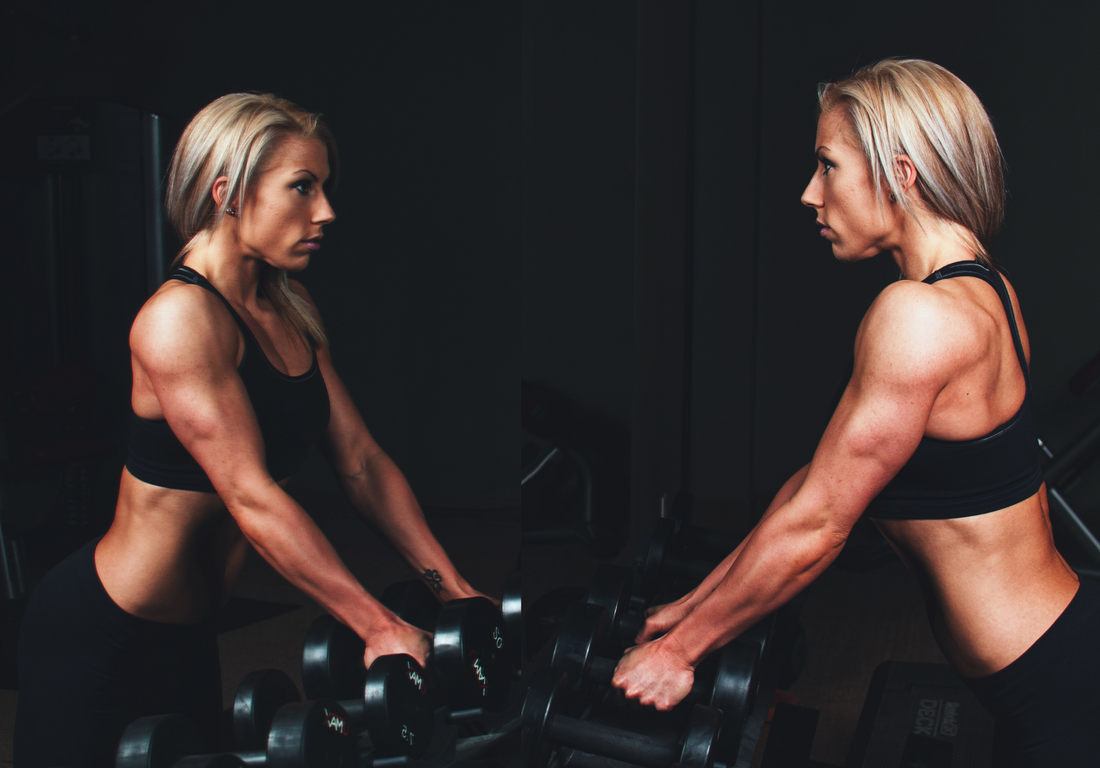Powerlifting and Body Building
We've all noticed them: individuals with huge muscles that seem to stretch their shirts to the limit, drawing plenty of stares. Society often views powerlifters and bodybuilders as the epitome of strength, health, and the ideal body shape many people desire. But what really draws people to this image? Is it the idea of being strong, the admiration from others, or the impressive physical appearance? People have different reasons for being drawn to powerlifting exercises. However, this article will discuss how this type of workout, when viewed through the principles of Functional Patterns, can actually harm your health.
Should I power lift or body build?
Whenever making a decision it is important to reflect and ask ourselves the motive behind the decision. Are we doing it for ourselves? Our family? Our wellbeing? Is it a temporary decision with long term effects? Such as getting plastic surgery to be appear more attractive, even though it’s not medically necessary and puts us at risk for complications. Or, buying a new car to impress people even though we can’t afford it and we will have to sacrifice other areas of our life. This concept is just as relevant to our fitness. Maybe the motive is an insecurity or an underlying medical issue that prompts us to take charge. Once we’ve established a need for change we may consider what is most convenient or beneficial to our circumstances.
If hypertrophied muscles and potential risk of injury is at the top of your list then a powerlifting program may be for you. An article from the Journal of Orthopaedic Surgery and Research by (Serafim et al., 2023) found that in powerlifting, about 57 out of 100 people get injured, and for every 1,000 hours of training, there are 4 injuries. In general strength training, about 13 out of 100 people get injured, but it's not clear how often these injuries happen over time. For strongman training, about 83 out of 100 people get injured, and there are about 6 injuries for every 1,000 hours of training. If your goal is to have a holistic approach to fitness with full body strength then Functional Patterns may be for you.
The idea of “Strength” often leads people down a path such as traditional lifting, powerlifting and bodybuilding. Aesthetically, the average person wants to look like a powerlifter, however at what cost?
The link between muscle size and strength, and its supposed connection to living longer, is often misinterpreted. Unfortunately, the benefits people gain from certain workout routines, like those focused on just getting bigger muscles, often decrease as they get older. This happens because these routines don't focus on improving how the body functions overall or on keeping the body's connective tissue (fascia) flexible. Humans are designed to move smoothly, whether that's walking, running, or throwing, without experiencing pain.
It's important to note that bodybuilding and powerlifting are sports. While they might make participants stronger or more muscular, they don't necessarily help people avoid or reduce pain. Functional Patterns (FP) takes a different approach. FP aims to help everyday people get rid of pain and build muscle in a way that also improves their body's ability to move freely and efficiently, ensuring they can stay active and healthy well into their later years.
What are the Disadvantages of Powerlifting?

True strength and perceived strength are very different. While FP provides sustainable strength and muscle mass also by staying injury free.
Body building and powerlifting may create much more:
- Risk of injury
- False strength
- Disharmony of mechanics
- Dangerous diets and habits
These points are not advantageous to someone long term. While bodybuilding and powerlifting have their short term aesthetic benefits, they do not have prolonged functionality and health benefits. What is sustainable is moving the way one was intended to, by hydrating the body correctly and training intentionally. A movement is meant to propel another motion, just as one reaction creates an equal and opposite reaction, the body is similar when a body part moves in space it requires another body part to propel it. When bodybuilders isolate a movement, they remove this kinetic energy involved in natural movements, such as; throwing a ball or a punch. Hence removing the connection to the muscle and its purpose.
Below is an example of a natural movement such as boxing:

Longevity and Powerlifting
While aesthetics are important to most, overall the goal should be to live long, healthy lives. A by-product of moving well, is a good looking structure. We don’t see too many gorillas, hyenas, lions in the wild sacrificing their aesthetics by moving well. So why can’t humans move well and look good too? Look at any good mover, such as: Usain Bolt, Barry Sanders, Lebron James and many others. We want to emulate the way they move and not how they train. If our structures are set correctly the need for bodybuilding and powerlifting will not be necessary.
References
- Serafim, T. T., Oliveira, E. S. de, Maffulli, N., Migliorini, F., & Okubo, R. (2023, April 12). Which resistance training is safest to practice? A systematic review - Journal of Orthopaedic Surgery and research. BioMed Central.
- https://josr-online.biomedcentral.com/articles/10.1186/s13018-023-03781-x#:~:text=In%20powerlifting%2C%20the%20mean%20prevalence,an%20injury%20prevalence%20of%2082%25







